Sir Richard Bolton was an English lawyer and judge, and was an important figure in Irish political life in the 1630s and 1640s. He practised for a time as a barrister in England before moving to Ireland. In 1605 he held the post of Recorder of Dublin. He was knighted in 1618 and in that same year he was appointed Solicitor-General for Ireland. In 1639 Bolton was appointed Lord Chancellor of Ireland.
Bolton was actively engaged in negotiations connected with the cessation of hostilities between England and the Irish in 1643 and he signed the proclamation in 1646 announcing the conclusion of a treaty of peace between Charles I of England and his Roman Catholic subjects in Ireland. He died in 1648.
In his left hand he holds his band strings which are tied at the top to keep his ruff in place. The fine neck and matching lace wrist ruffs are constructed of fine reticella lace and were extremely costly. The pristine whiteness of a lace ruff drew attention to the face. As lace making techniques developed, collars and ruffs grew increasingly elaborate. The early form of needle lace known as cutwork dominated fashion, reaching stylistic perfection around 1615. Cutwork consists of a delicate structure of stitches across spaces made by removing most of the threads from a finely woven linen ground. It reached the height of its popularity in the late sixteenth and early seventeenth century, when it was used to decorate every type of linen. He holds in his left hand the band strings which have been tied to keep the ruff in place.
Marcus Gheeraerts the Younger was brought to England by his father in 1568. Under the powerful patronage of Sir Henry Lee from circa 1590 onwards, he quickly became the most fashionable portrait painter of the day. Official recognition came quickly as the Queen sat for him circa 1592 and her favourite courtier, Essex, in circa 1596. This continued with the accession of James I. He was the favourite painter of the new Queen, Anne of Denmark, and was receiving commissions from those within the court circle until circa 1620. Unable to compete the new wave of artists immigrating to England, Gheeraerts was employed chiefly by the country gentry and by academic sitters from the last twenty years of his life. He died on 19 January 1636.
Provenance: The Rectory in Coychurch, near Bridgend, South Wales
Measurements: Height 86cm, Width 78cm framed (Height 33.75”, Width 30.5” framed)



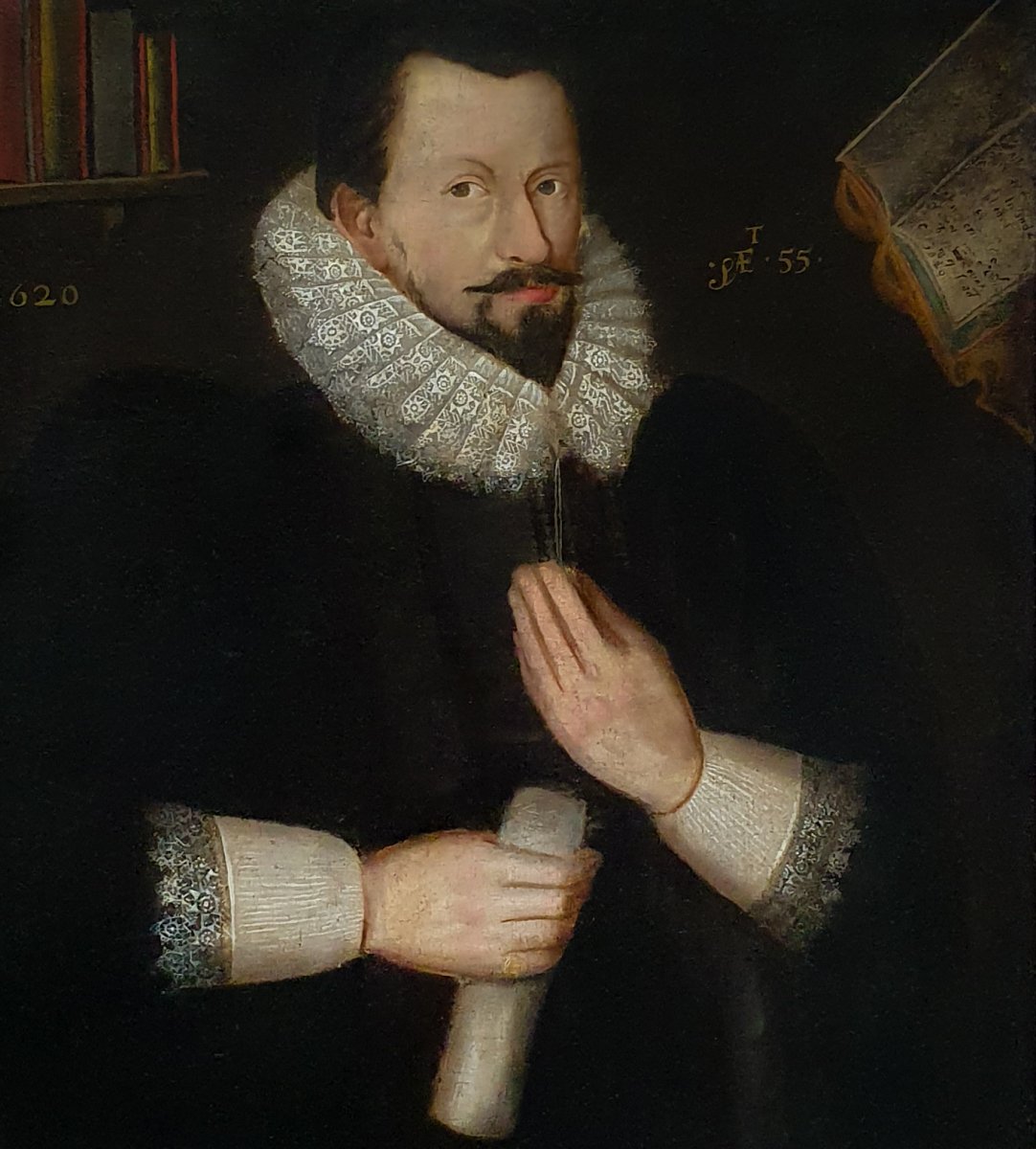
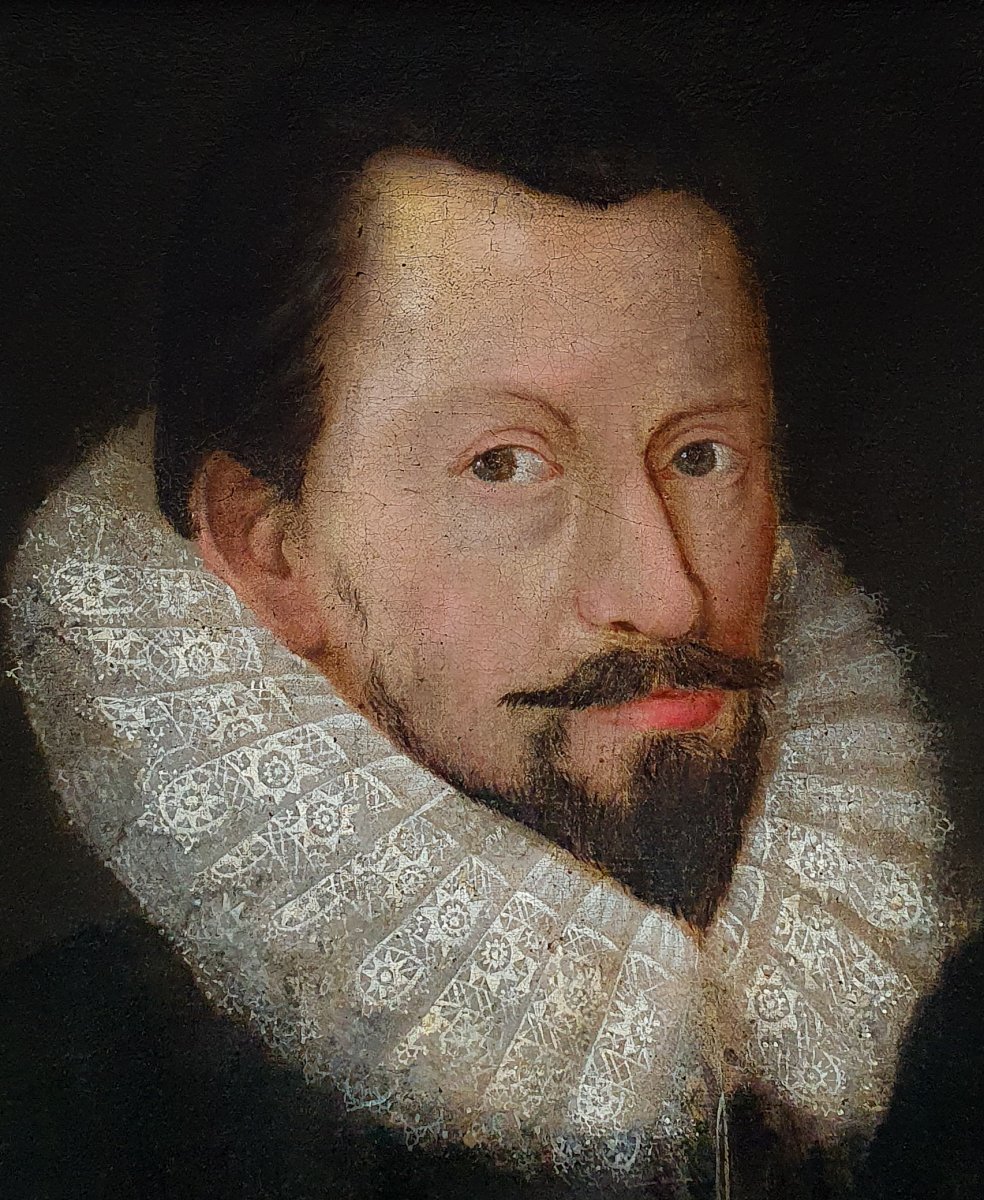
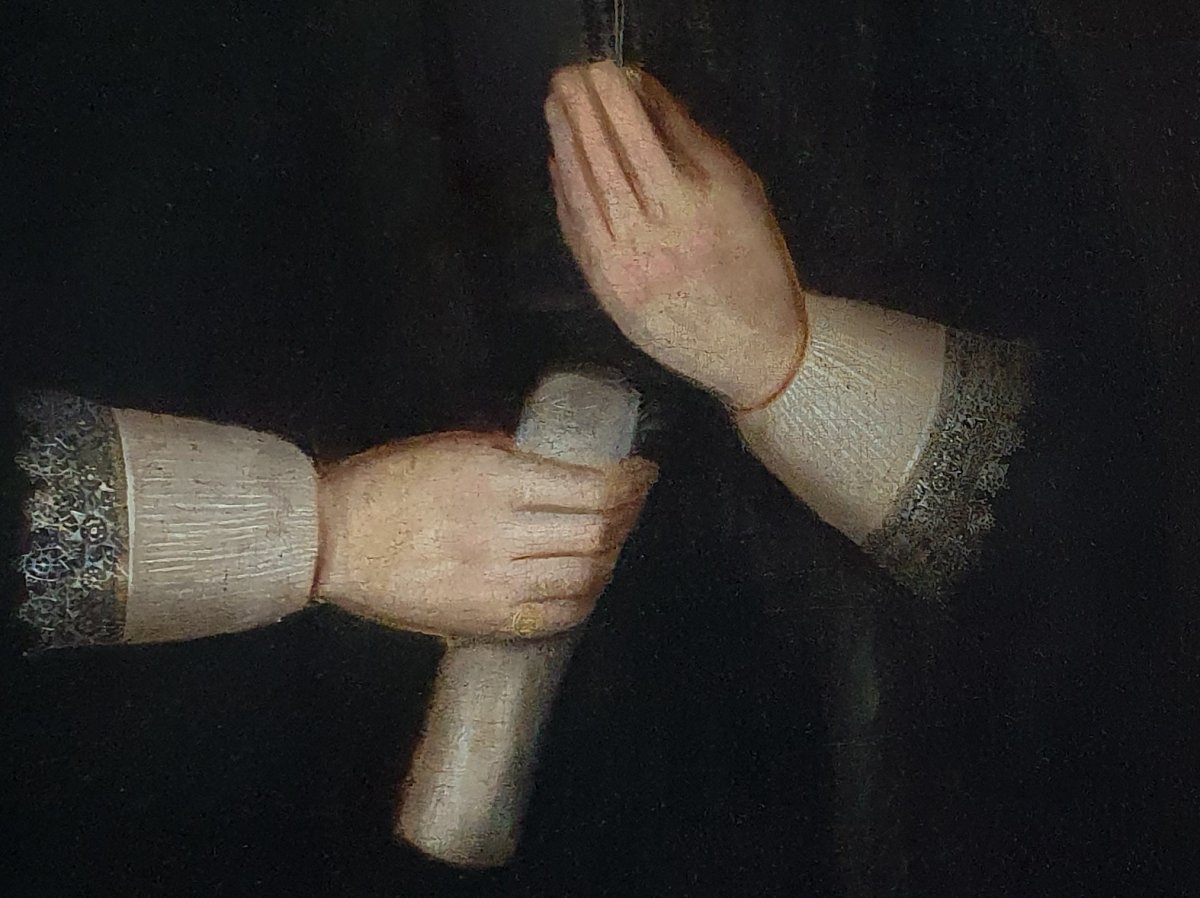
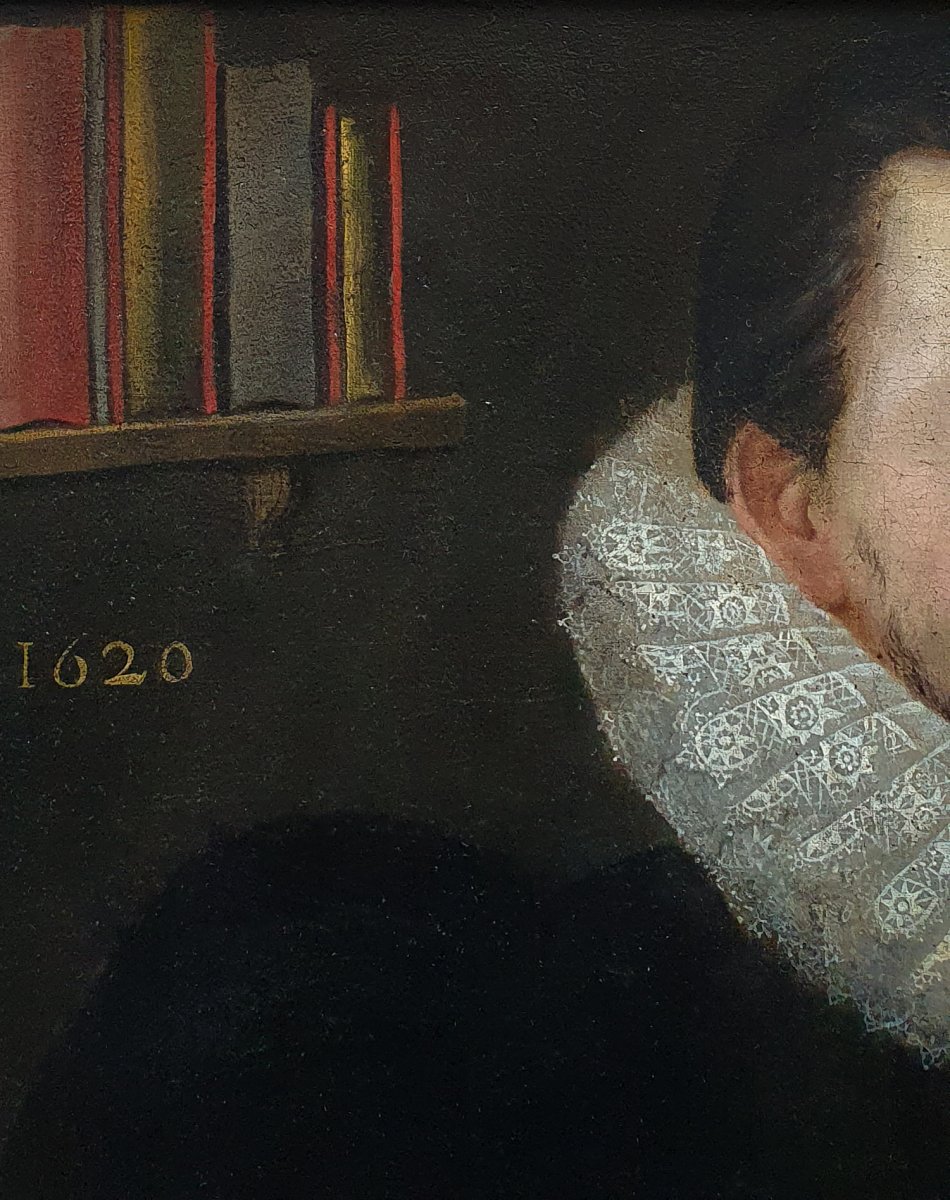


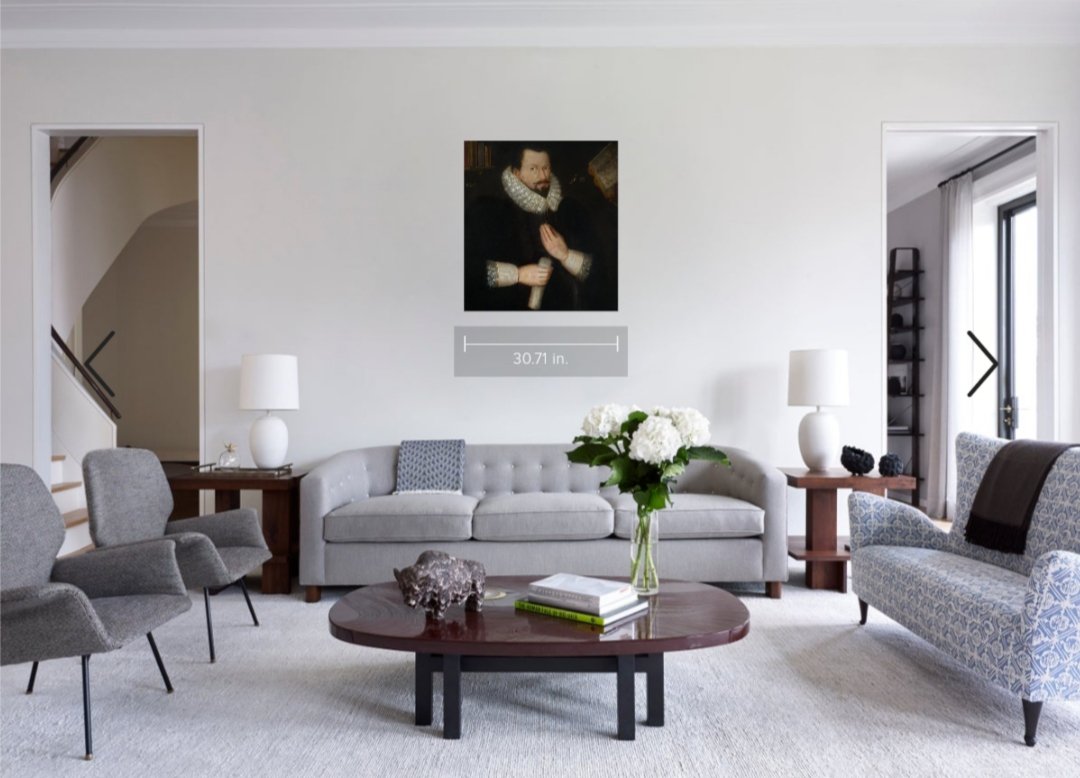











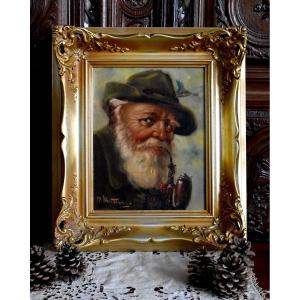



 Le Magazine de PROANTIC
Le Magazine de PROANTIC TRÉSORS Magazine
TRÉSORS Magazine Rivista Artiquariato
Rivista Artiquariato
